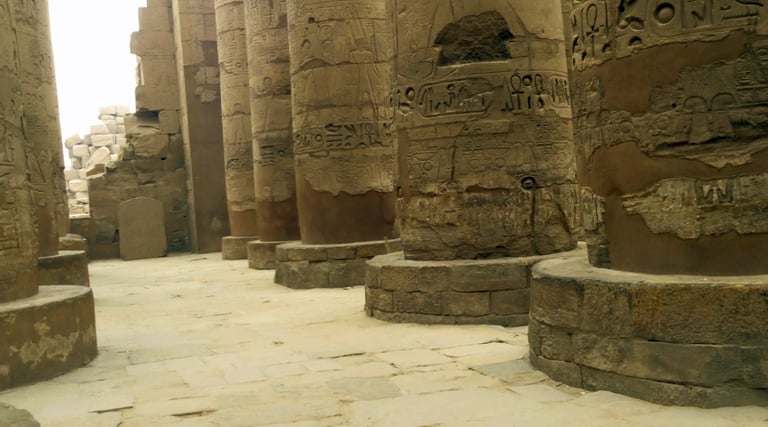Egypt Has Always Been There
Our visit to the real Egypt was as magical as the Egypt of our dreams, yet firmly entrenched in the reality of the moment.
8/14/20234 min read
"Cairo, city of the living, and a paradise on earth.” These are the first words uttered by Sallah (John Rhys-Davies) when he makes his entrance in Raiders of the Lost Ark (1981), his first appearance in the Indiana Jones universe.
With a sweep of his hand, Sallah indicates the broad expanse of traditional Egyptian houses. A bit of trivia: the production crew had to remove dozens of television antennas from the rooftops since the film was set in 1936, well before the television was a household staple. To me, this shot perpetuates the ethereal dream we all have of Egypt—pastoral, modest, a shimmery desert oasis stuck in a picturesque past.
Egypt has always been there.
From our earliest days, we are made aware of this luminous country sometimes called Omidunya, the Mother of the World. It is the first country we learned about in grade school. I still remember the poem we had to memorize in the second grade:
“Egypt, land of mystery / What a beautiful sight to see…”
Our visit to the real Egypt was as magical as the Egypt of our dreams, yet firmly entrenched in the reality of the moment.
We begin our journey in the capital itself, Cairo, the largest city in Egypt. We arrived after sunset at the Marriott Mena House, a five-star hotel with prompt service and attention to detail. The lobby, rooms, and facilities were elegant—Arabian Saracenic design with enough Western modernism to make us feel right at home. Local businessmen puffed hookahs in the main salon, lending an aura mysticism and romance.
The next morning, the dream came alive. While crossing the courtyard next to the swimming pool, something caught my eye. To the south, a towering peak wavered in the morning haze—the Pyramid of Khafre, which stands adjacent to the Great Pyramid.

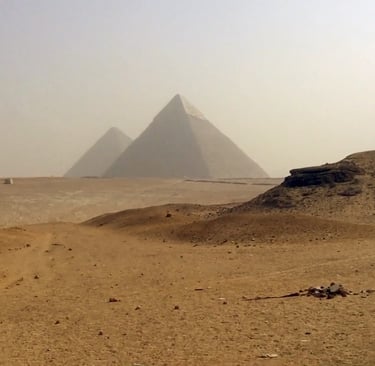
We had arrived in Egypt.
An hour later, we stood at the foot of the Great Pyramid. Locals on camels meandered past us. We crossed the road and tried to fit the entire monument into the frames of our cameras. We touched the ancient stones. I climbed up hewn steps to view the desert. Centuries of ancient history vibrated beneath my feet.
After, we traveled further south to a lounge where we could ride camels into the desert. From this distance, the Pyramids were more picturesque, like a matte painting in a movie. I recalled the 1977 James Bond film, The Spy Who Loved Me, where 007 is stalking a villain at night while the Sound and Light Show at the Giza pyramids plays in the background.
That evening, we would attend that Sound and Light Show. Nothing has changed since that Bond film, not even the “voice” of the Sphinx, who tells stories of the great kings, Khufu, Khafre, and Menkaure.
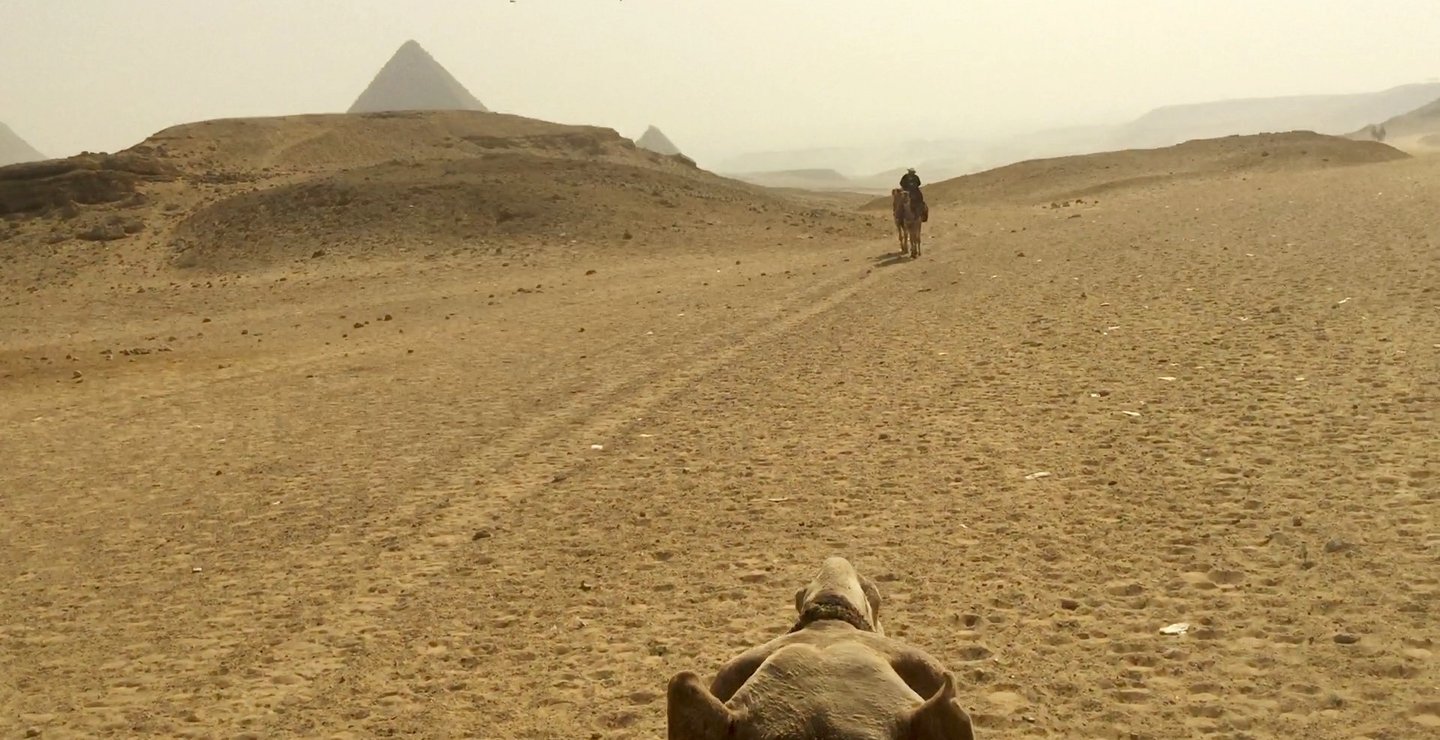

But there is more to Cairo than Pyramids and Sphinxes.
There are local shops filled with fine goods—tapestries, jewelry, oils. We were taken to a shop that created original art on papyrus paper. The shop owner made the paper himself in the manner of the ancient Egyptians. He demonstrated the painstaking process of flattening the papyrus stalks, soaking and drying them, and then weaving and pressing the stalks to make a piece of papyrus paper.
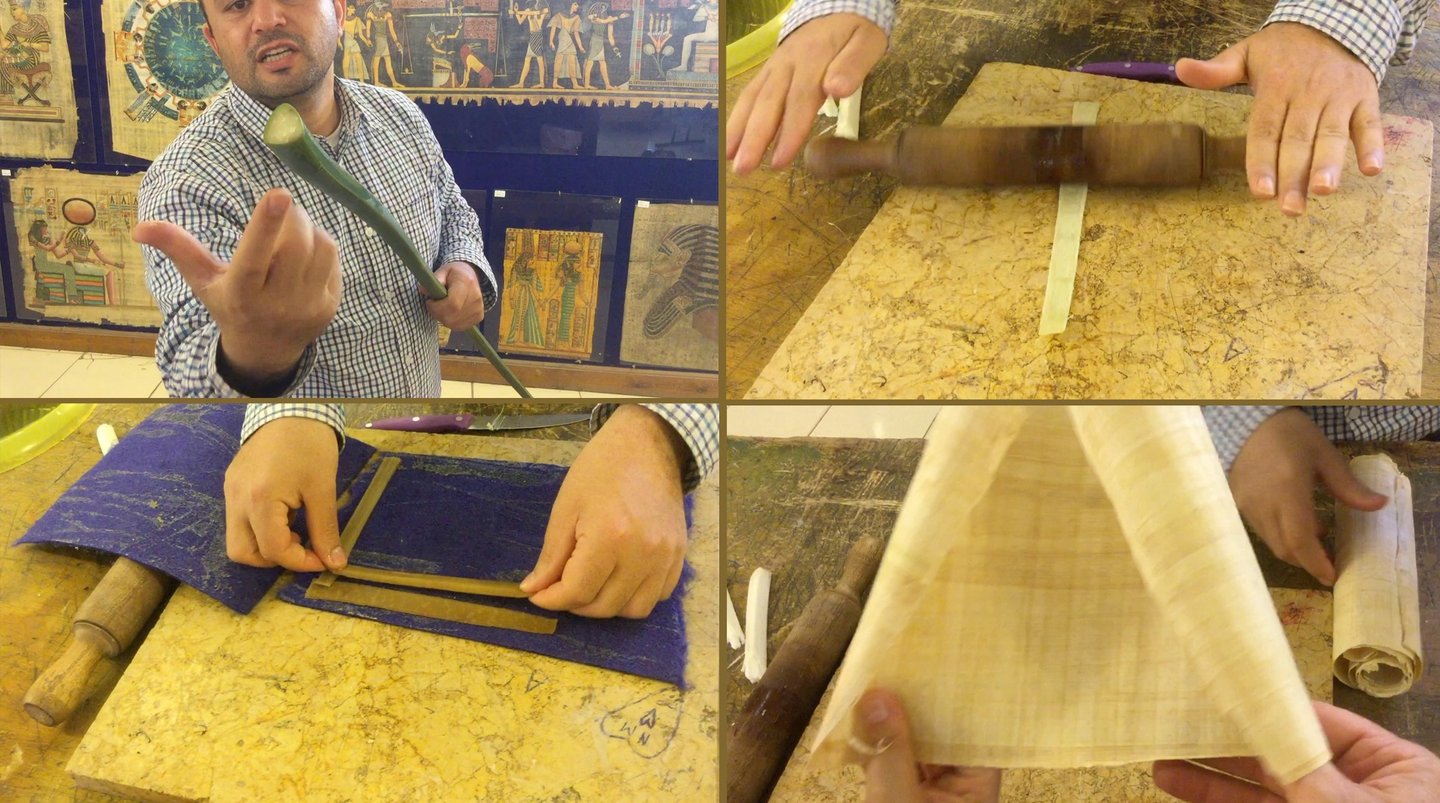

Next, we visited the Egyptian Museum of Cairo, a collection of artifacts so vast that one feels like a drop in the waves of antiquity. The history of Egypt is rich, extending back to the earliest days of civilization.
As I say, Egypt has always been there.

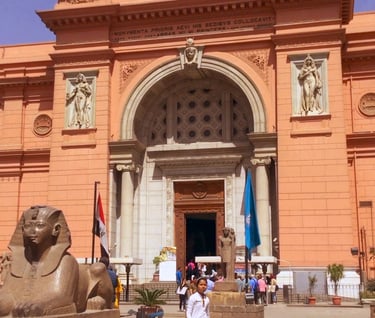
After Cairo, our journey took us south to Luxor and the surrounding region, where the depth of Egypt’s history becomes more tangible.
We wandered through the Valley of the Kings, where pharaohs of Egypt are interred in rock-cut tombs carved deep into the ancient cliff walls.
We climbed the steps of the Mortuary Temple of Hatshepsut, a massive structure built into cliffs of Deir el-Bahari during the Eighteenth Dynasty of Egypt (1550-1249 BC). It is here that the remains of the Pharaoh Hatshepsut reside, but the Temple’s three massive terraces make it a feat of architecture to rival the finest castles of England.
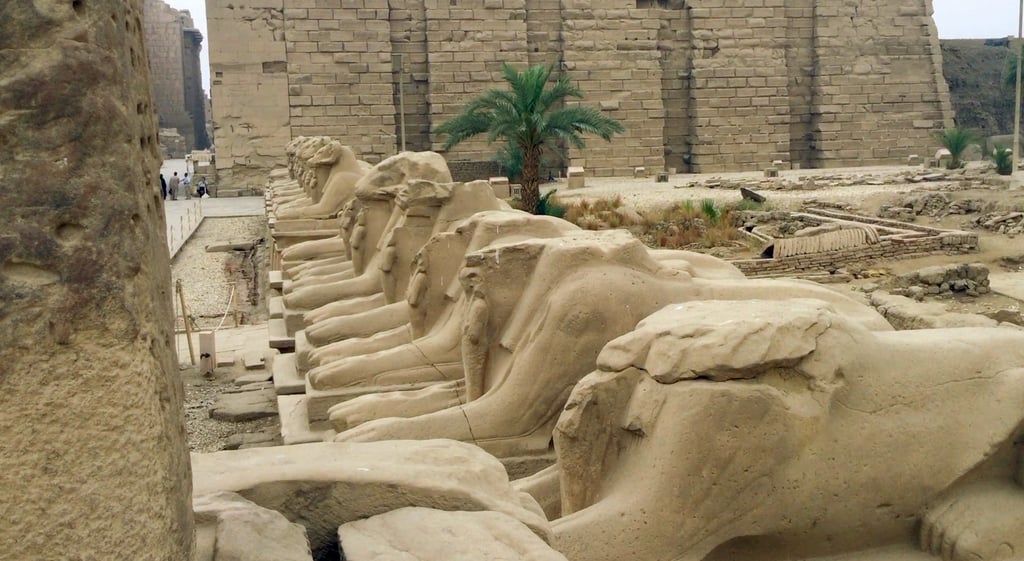

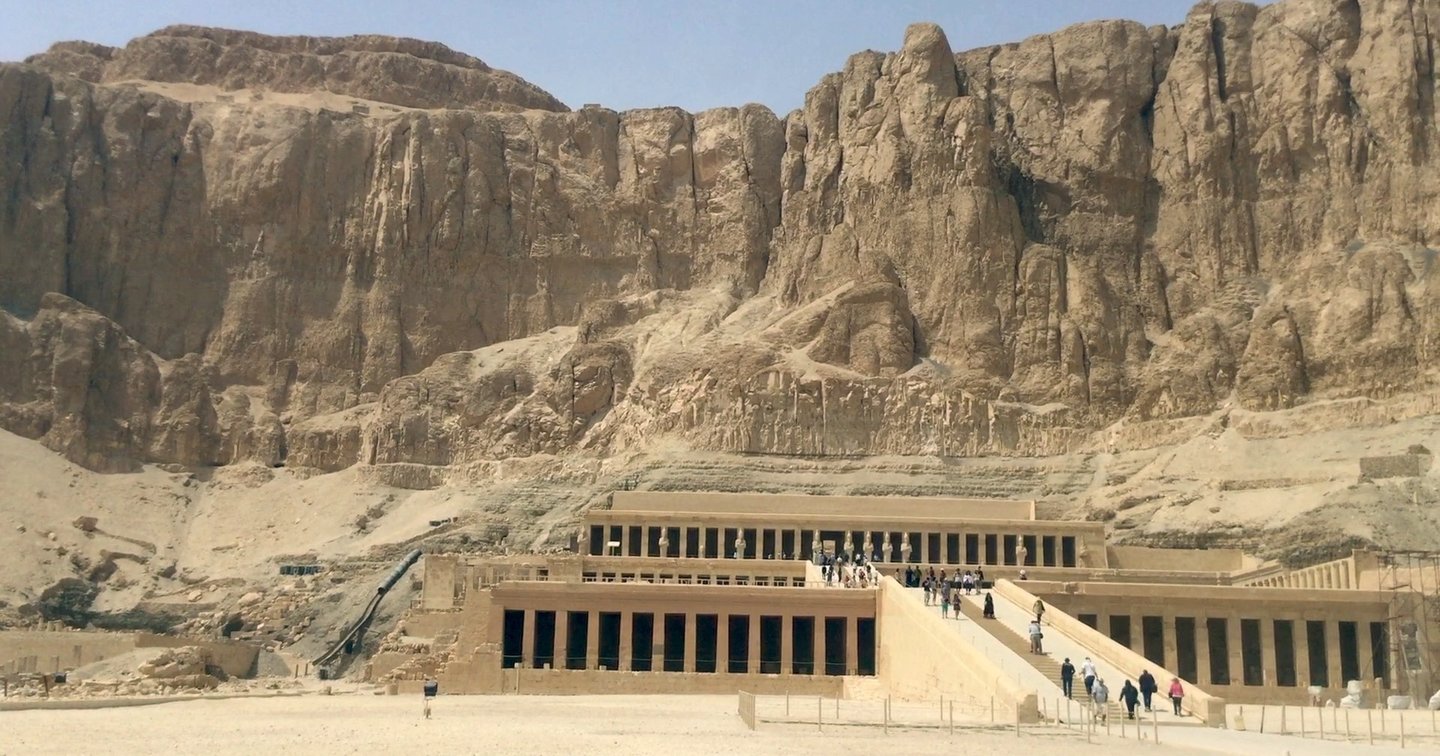

And finally, we visited Karnak and Luxor, two vast temple complexes built as common meeting grounds to celebrate the kingship of the pharaohs. Within these aged walls, evidence of various religious influences can be seen as Egypt’s spiritual culture has evolved and changed over the centuries.
One walks away from Egypt feeling as small as a grain of sand on the desert floor, and yet as significant as the wind that blows it. Perhaps the greatest celebration of human influence throughout history, Egypt stands the test of time as a document of humanity’s short tenure on this planet.
Egypt has always been here.
And when all is said and done, it is destined to always remain.


